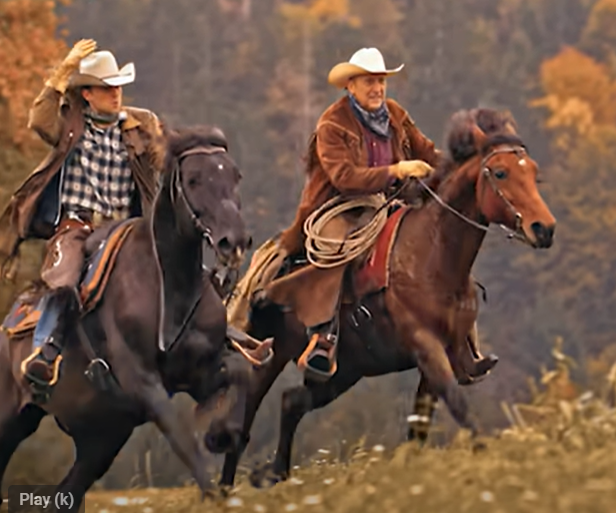Wild horses are majestic creatures that evoke awe and admiration. Their beauty lies not only in their physical grace but also in their free-roaming spirit and the connection they share with the natural world. Across the globe, wild horses can be found in diverse environments, from the open plains of the American West to the rugged coasts of Europe, each group adapting to their environment in unique ways. These horses are symbols of freedom, resilience, and the untamed power of nature.
One of the most famous groups of wild horses is the mustang, a breed that roams the American West. The mustangs are descendants of horses brought to the Americas by Spanish explorers in the 16th century. Over time, these horses escaped domestication and formed feral populations, adapting to the harsh conditions of the region. Today, mustangs are celebrated as a symbol of the American frontier and are revered for their spirit, endurance, and beauty. Their coats vary in color, from deep blacks and browns to palomino and gray, creating a stunning visual display against the backdrop of the Western landscape.
In addition to the mustangs, another iconic wild horse is the Przewalski’s horse, native to the steppes of Central Asia. This horse is the only true wild horse that has never been domesticated, making it a living link to the ancient past. With its robust build, stocky legs, and a distinctive mane that stands upright, the Przewalski’s horse has a unique and rugged appearance. Due to overhunting and habitat loss, these horses faced near extinction in the 20th century. However, thanks to conservation efforts, their population has been slowly recovering, and they are now found in protected reserves.
Wild horses, in general, have long been admired for their physical attributes. Their powerful bodies and graceful movements make them a joy to watch. The way they gallop across open fields or run along rugged coastlines is a reminder of their connection to the land and the untamed forces of nature. Their physical prowess is matched by their ability to survive in the wild, often in environments that are inhospitable to many other species. Wild horses have evolved to thrive in diverse climates, from the arid deserts of the American Southwest to the frigid plains of Mongolia.
The behavior of wild horses is equally captivating. These horses live in herds, led by a dominant stallion or mare, with a strong sense of family and social structure. The relationships within a herd are complex, and wild horses communicate through body language, vocalizations, and scent. Watching a herd of wild horses interact can be a mesmerizing experience, as they engage in playful activities, protect their young, and defend their territory. The bond between mother and foal is especially touching, with foals staying close to their mothers for protection and guidance until they are old enough to fend for themselves.
However, the beauty of wild horses is also a reminder of the challenges they face. Their freedom is often threatened by human encroachment on their habitats, whether through urbanization, agricultural expansion, or even hunting. Conservationists and government agencies are working hard to protect wild horse populations, establishing protected areas and implementing policies to manage their numbers sustainably. These efforts are crucial in ensuring that wild horses can continue to roam freely, embodying the untamed spirit of nature for generations to come.
In conclusion, wild horses are not just beautiful animals; they are living symbols of the power, freedom, and resilience of the natural world. Their grace and strength, combined with their ability to survive in harsh conditions, make them a source of inspiration for many. Whether roaming the plains of the American West or the steppes of Central Asia, wild horses remind us of the importance of preserving our natural heritage and ensuring that these magnificent creatures remain a part of our world for years to come.
